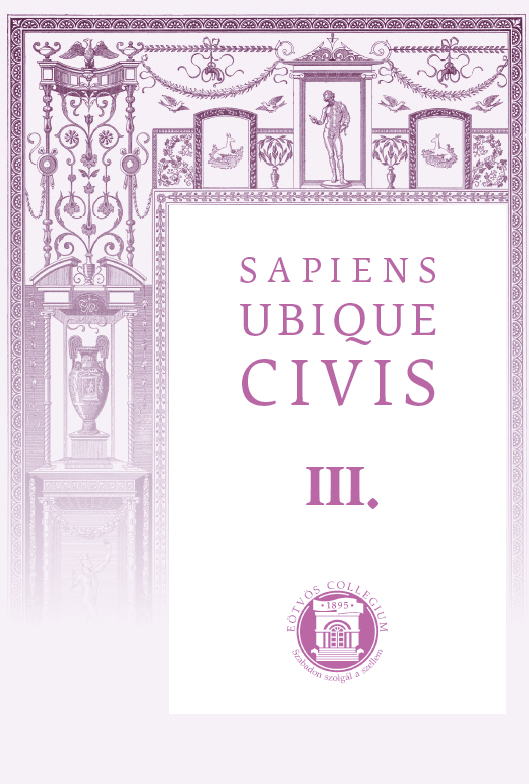The Art of Praise in the ‘Argonautica-Syncrisis’ at the Beginning of Claudian’s Bellum Geticum
DOI:
https://doi.org/10.14232/suc.2022.3.339-354Keywords:
Claudian’s Carmina Maiora, Bellum Geticum, ‘Argonautica- Syncrisis’, praise, panegyric epics, similes, syncriseis, intertextualityAbstract
Techniques of praise in Claudian’s panegyric epics have been broadly debated. Similes and comparisons are an essential part of the concept of his poems. Comparative elements may influence the characterization as well as the praise of the addressees and have so far only been briefly discussed. This paper addresses on the proem of Bellum Geticum, the so-called ‘Argonautica- Syncrisis’. It aims to look at the techniques of depiction and praise through this passage, where Claudian takes up the myth of the Argonauts to illustrate and exaggerate the character traits and deeds of his protagonist. Furthermore, whether the myth is used to influence the recipient’s perspective is examined. The primary focus lies on the depiction of Tiphys as the helmsman and conqueror of the Symplegades as well as its impact on the characterization and praise of the protagonist Stilicho.



